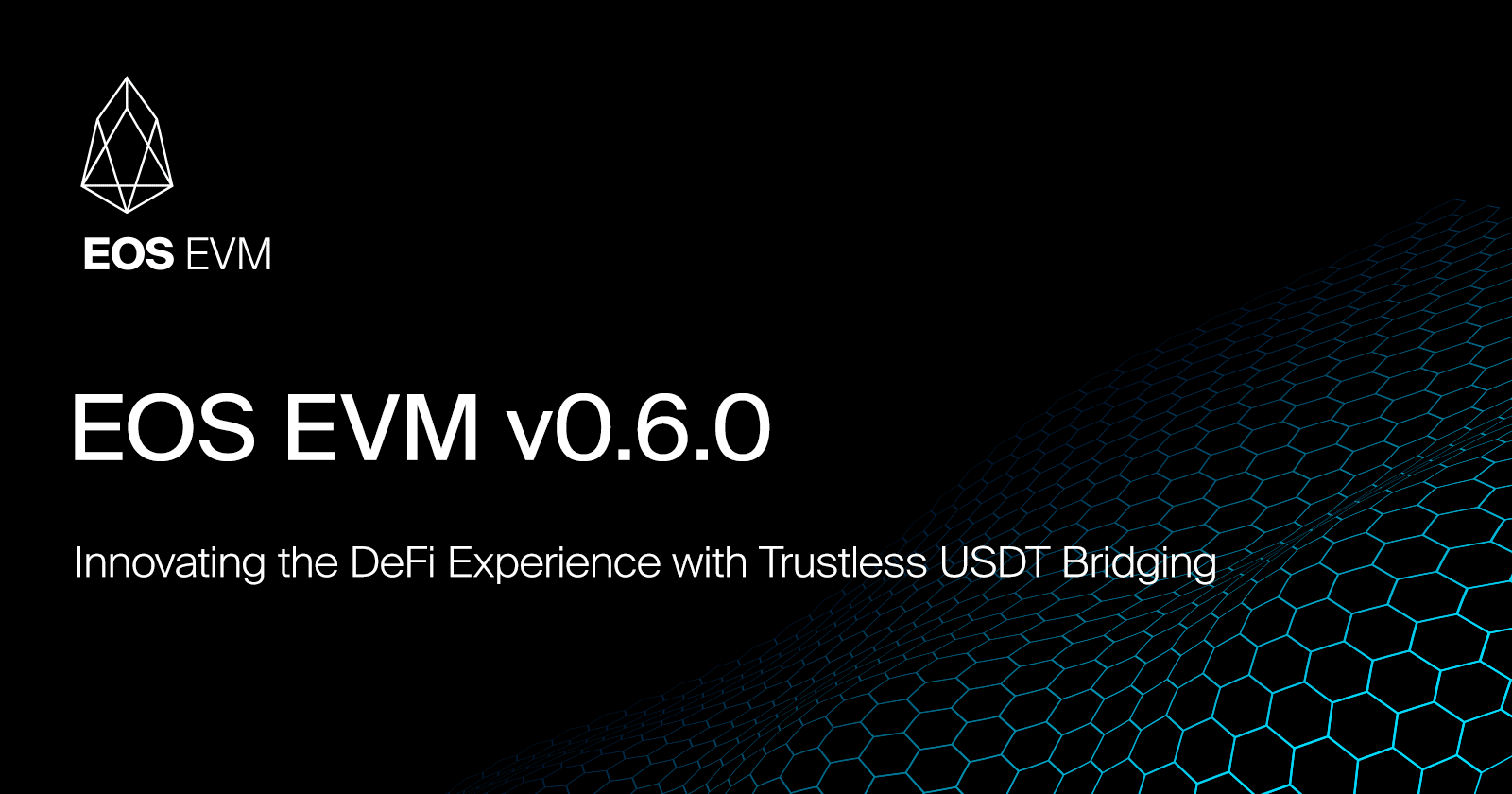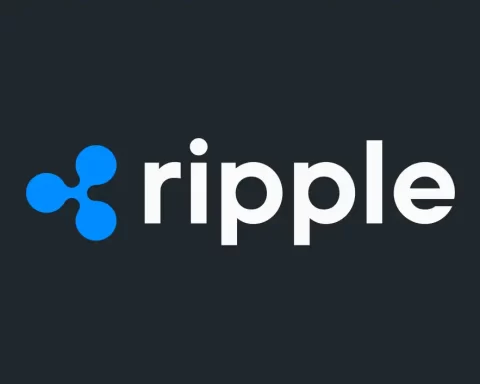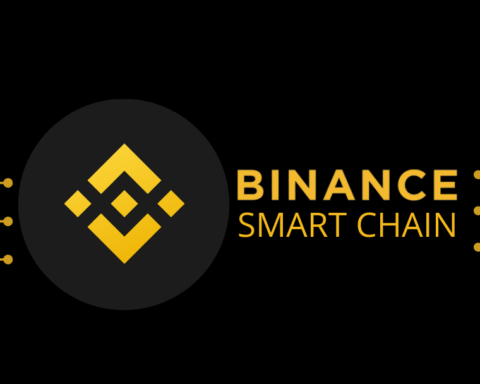The EOS EVM v0.6.0 is almost live, bringing a number of interesting goodies to the platform’s new EVM environment, most notably natively bridged USDT.
Since its launch in April, the EOS EVM has seen a flurry of upgrades that make it a surprisingly unique EVM environment, which uses EOS’s underlying stack to create one of the fastest blockchain environments for EVM transactions.
The latest update is now bringing EOS USDT as a native token that can be bridged to the EOS EVM, as previously only EOS could be transferred trustlessly. The release also brings important technical updates to enhance interoperability with the native EOS environment.
Now, smart contracts on EOS can execute functions on the EVM, while smart contracts on the EVM can send messages to the native VM, which helps integrate the two deployments. EOS currently has $71M in TVL according to DefiLlama, a sizable figure providing a solid base to launch the next killer dApp on the EVM.
The EOS EVM’s unique properties
EOS is technologically highly advanced, providing an ultra low-latency smart contract platform built with C++. It was originally considered as the main “Ethereum killer” blockchain, but mismanagement by the original creators of EOS, Block.One, meant that the chain failed to take advantage of the later bull run.
Now, under the leadership of the community-established EOS Network Foundation, the ecosystem is finding new vigor — and its current focus is on bringing it up to speed with what happened in the land of smart contracts.
The EOS EVM is, unlike many other alternative L1 chains, not a fork of the Geth client, meaning that it doesn’t carry over much of its legacy code (which significantly reduces its performance). Instead, it is a smart contract on EOS that recreates an Ethereum client based on Erigon, a newer and much more efficient software.
EOS has a 1 second block time, making it easily one of the fastest blockchains supporting the EVM, and the one with the highest throughput for DEX swaps. With an efficient node implementation and low block times, the EOS EVM enables Solidity developers to build the kinds of things that were only possible on Solana, including order book DEXs and advanced derivatives.
How to build on EOS EVM
Like on any other EVM chain, developers can deploy contracts by simply connecting their favorite developer tools to the EOS EVM chainId, 17777. The documentation includes the full list of data such as RPC endpoints, network settings and block explorers.
For testnet tokens, a faucet is also readily available directly from the docs.
The EOS EVM is fully compatible with existing smart contracts, including some key cryptography precompiles that exist on Ethereum. Unlike complex rollups like zkSync, there is nearly no additional headache from switching to EOS.
The rest of the way is pretty much like building anywhere else, and deep dives into building Solidity contracts are easy to find.
The EOS Foundation heavily incentivizes developers
As a recently launched initiative, the EOS Network Foundation is keen to offer incentives to the right teams who build on EOS. With venture funding across the board hitting multi-year lows according to Messari, this can be a boon to ambitious teams who are struggling with funding elsewhere.
For example, the ENF is giving up to $50,000 for anyone deploying on the EOS EVM (pending some checks). Additional options include the EOS Network Ventures and Grant program, completing the circle of funding avenues.
Another cool feature from the last v0.5.0 update is the Yield+ program, a semi-automated network-wide liquidity mining program. Apps can receive extra yield to give to their users to incentivize activity, divided in multiple tiers based on EOS and USDT TVL.
Combined with a number of quality of life improvements, the EOS EVM is gearing up to become the dark horse this season as it continues to make critical updates to its technology stack. And as far as developer experiences go, its program seems very competitive at a time when most other networks are slowing down their spending.




